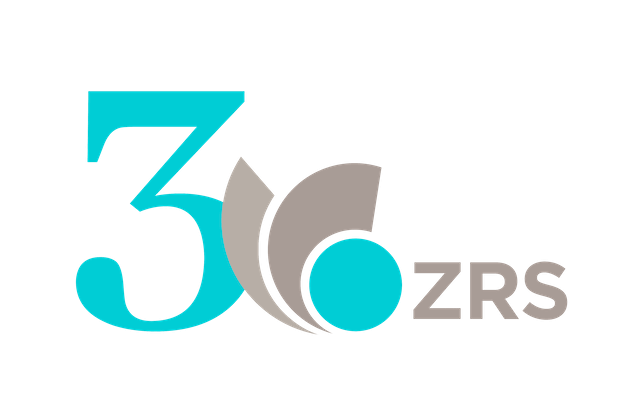4PETHABECO
The 4PETHABECO project aims to preserve the populations of large carnivores by testing innovative solutions for their protection and restoration of their habitats, especially through the strengthening of green infrastructure, the reduction of coexistence conflicts and the improvement of connectivity. The specific objectives of the 4PETHABECO project are: reinforcement of collaboration inside Adriatic-Ionian area to foster synergies and harmonization of large carnivores’ monitoring procedures and techniques, increase transparency of data acquisition and interpretation, dealing with increasing challenges regarding the conflicts related to populations of large carnivores and human coexistence, by improving participatory processes for innovative management of large carnivores’ habitats, creating a knowledge base and an interactive platform of the Adriatic-Ionian area for solving coexistence conflicts, improving the understanding of the cultural, social and environmental diversity of the area. The long-term effects of the project, conservation of large carnivores and the improvement of their resilience, will be ensured through the co-creation of joint strategies and action plans of the Adriatic-Ionian area for the joint management of large carnivore populations, the protection and increase of their terrestrial habitats and their connectivity, which will also enable the implementation of the objectives of the EUSAIR cross-border flagship PET HAB ECO.
ScreenFood
To ensure a high level of food safety throughout production and distribution, it is crucial to improve and harmonise analytical techniques for contaminant quantification. This constitutes the basis for reliable data regarding food product compliance with regulations and for resolving disputes and minimising financial losses within the food industry. The project will develop reference methods and reference materials for quantifying contaminants in both food and food packaging, with a specific emphasis on recycled materials. These metrological tools will aid industries in guaranteeing the delivery of safe food and sustainable packaging while adhering to regulatory requirements.
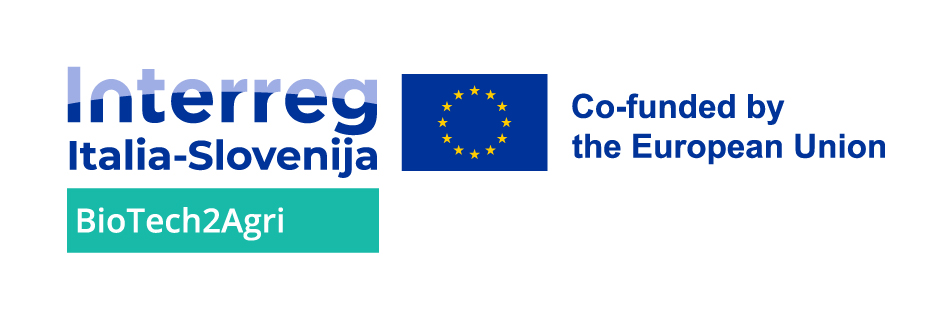
BioTech2Agri
The aim of the BioTech2Agri project is to increase the level of innovation in the agri-food sector by transferring existing biotechnological potential and promoting and enhancing the quality of biotechnology value chains in the cross-border area. The project encourages the exchange of expertise, experiences, and best practices, networking, and collaboration among stakeholders from academia, industry, public and private sectors, as well as policy improvement aimed at enhancing competitiveness and economic growth in the cross-border area.
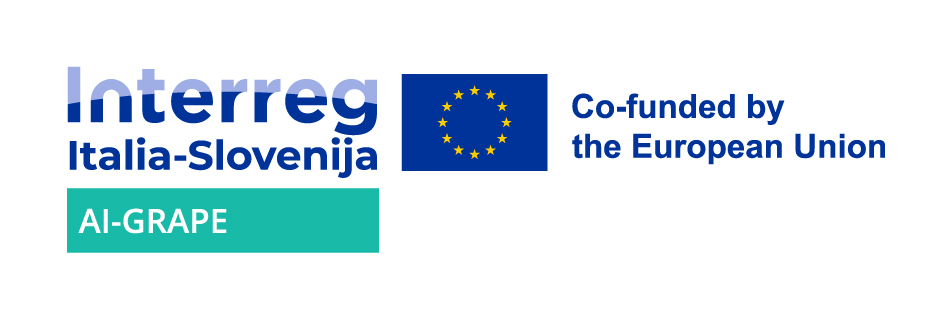
AI-GRAPE
The AI-GRAPE project's objective is to develop and implement a Decision Support System (DSS). System created with artificial intelligence by combining data from weather stations, microenvironmental sensors, drones, satellites, and insect traps.
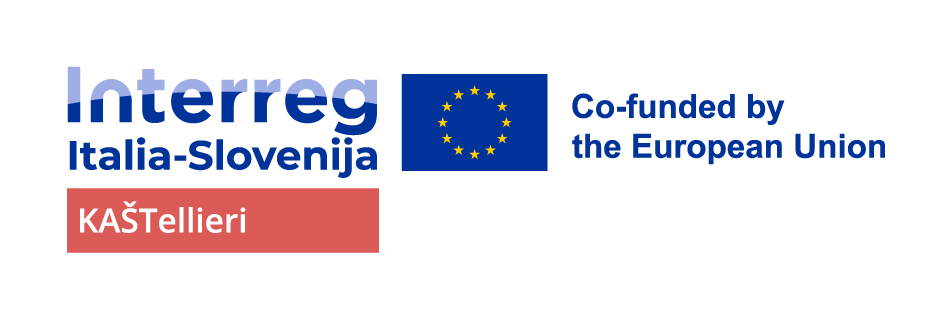
KAŠTellieri
The main objective of KAŠTellieri project is to preserve, enhance and protect the cultural heritage of prehistoric hill forts (Kaštelir) within the sustainable cultural and tourist destination Cross-border Land of Prehistoric Forts – Upper Adriatic hillforts. The aim is to revive and promote upper Adriatic hillforts through innovative and sustainable cross-border tourism products, with a focus on digitalisation, social inclusion, and the green transition.
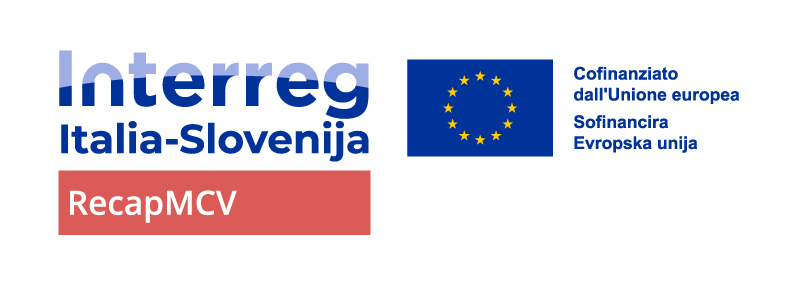
RecapMCV
The cross-border project RecapMCV will contribute to the visibility of the cross-border tourism region by valorising, upgrading and promoting the digital products and their impacts, developed in the MerlinCV project, which are based on the valorisation of the untapped potentials of cultural and natural heritage and gastronomy.
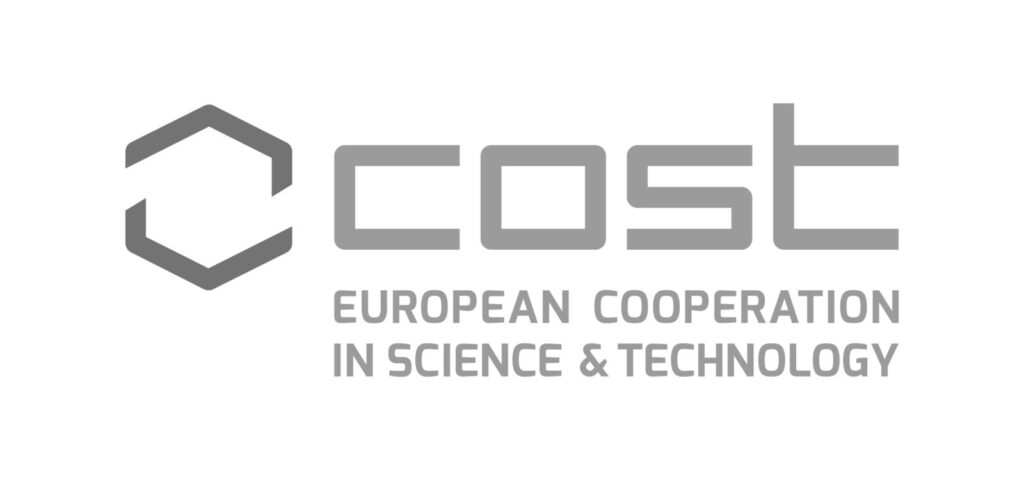
TransformERS
The overarching aim of TransformERS is to inform research, policy and practice for transformations that deliver justice in a changing global context by bringing together and positioning research relevant to societal transformation
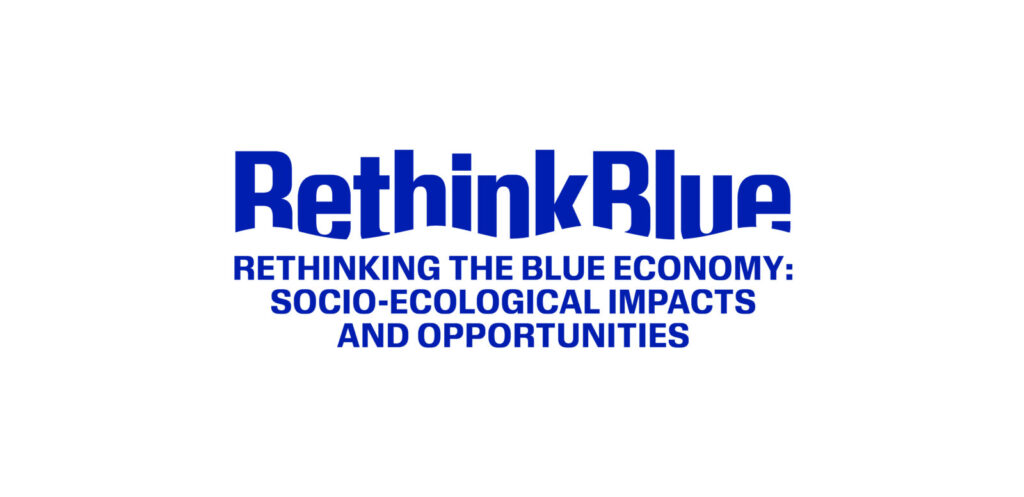
RethinkBlue
The COST Action RethinkBlue centres around the Blue Economy and related policies affecting European societies. The purpose is to rethink the Blue Economy, in two ways. First, by assessing its impact on coastal societies, and second, by exploring opportunities deriving from innovations and potential synergies between established and emergent marine activities.
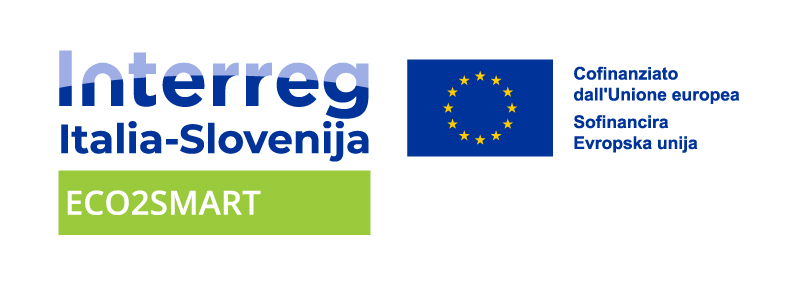
ECO2SMART
The ECO2SMART project promotes active awareness of citizens to strengthen ecosystem-based climate change adaptation and disaster risk prevention. Through this boosting the resilience of the coastal areas involved in the project.
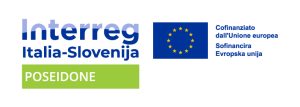
POSEIDONE
The POSEIDONE project is aimed at the functional area of the northern Adriatic Sea, from the city of Chioggia (Italy) to the Slovenian coast. The general goal of the project is the promotion of local development by favoring the protection of nature and biodiversity, the development of green and blue infrastructures in Natura 2000 sites, the reduction of tourist pressure on natural parks or natural areas, the improvement of the landscape by the promotion of biodiversity in agriculture, the protection of native species and the dissemination of knowledge.

SCORE
The overall aim of SCORE is to design, develop, monitor and validate robust adaptation measures in coastal and low-lying areas to protect them from increasing climate and sea level risks, including coastal flooding and erosion, to enhance their overall long-term resilience.
Norm transfer in the EU and Slovenia – evaluating environmental and sustainability transformation
The project seeks to characterise recent environmental regulation from a temporal and spatial perspective, especially against the notion of sustainability and legal principle of sustainable development. The purpose is to contribute to an understanding of recent EU and transnational regulatory action related to the environment, including its drivers, assumptions and the scope of ambition in relation to sustainability, but also to include excluded voices.
 en
en Slovenščina
Slovenščina Italiano
Italiano